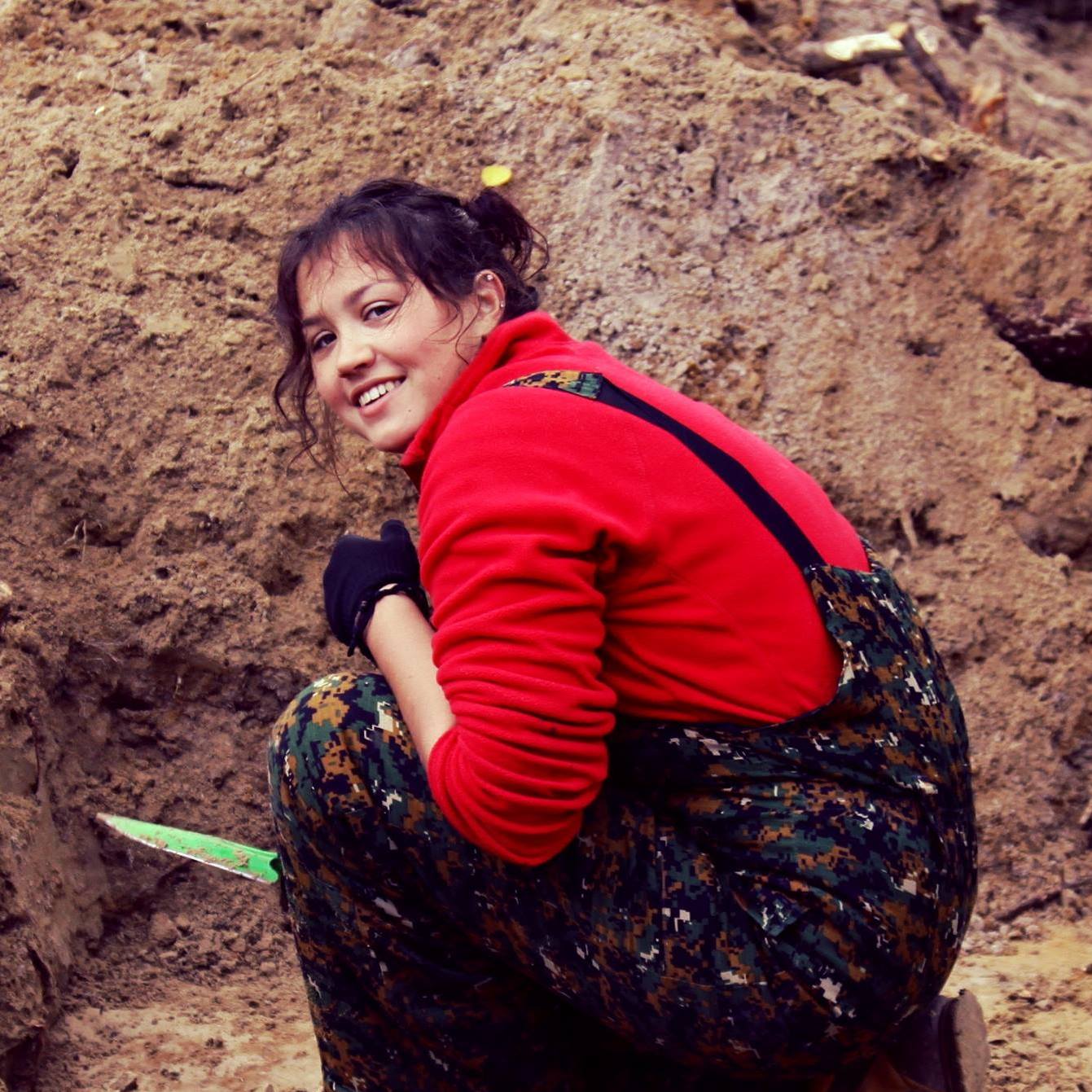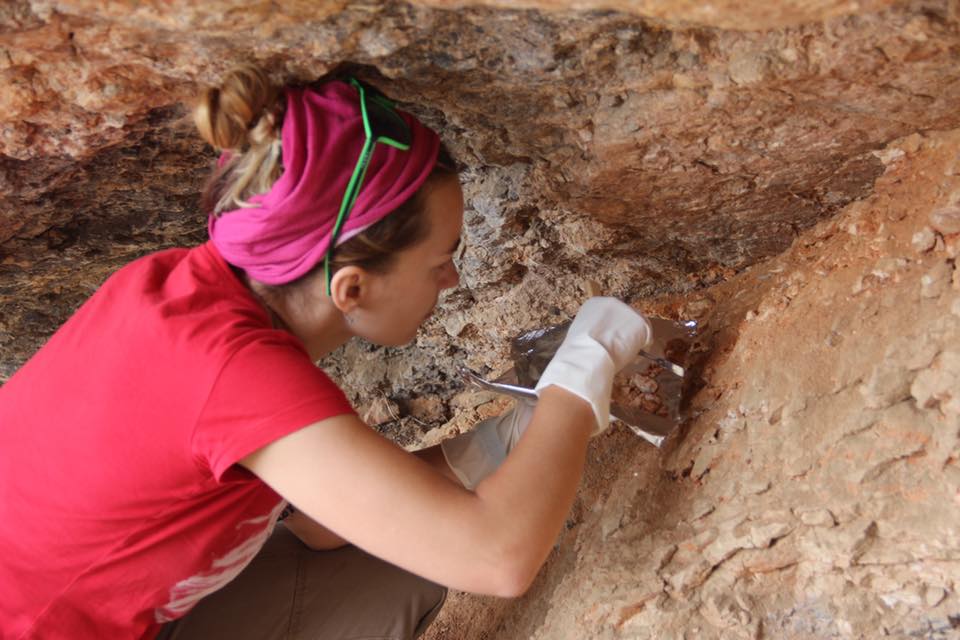
Stable isotope analysis of bone collagen has proven itself as a valuable technique in reconstruction of past human diets in Central Asia, especially in the region that is situated away from marine environments. Previous investigations in Kazakhstan employed the stable isotope analysis to demonstrate the increasing importance of C4 plants in this region at the end of the Bronze Age (BA) and the beginning of the Iron Age (IA).
Growing body of archaeobotanical evidence across Kazakhstan has shown the variety of plants that people used to cultivate starting from the mid-third millennium BC (e.g. Doumani et al., 2015; Frachetti et al., 2010; Spengler et al., 2014). During the Late BA and IA periods the crop assemblages mainly consist of wheats, barley, green peas and broomcorn millet. The former, however, remain the only C4 crops found at BA and IA sites of Kazakhstan, which allows associating elevated δ13C values indicative of C4 consumption with the presence of millet in the diet.
By the beginning of the IA the elevated δ13C values become quite widespread not only across Central Asia but also across Southern Siberia, South-Eastern Asia and Europe (e.g. Lightfoot et al. 2013; Spengler et al. 2016). The Chinese millets are considered to be the cause of it. The pattern of millet consumption however, is very diverse across Kazakhstan during the IA. Some communities do not seem to rely on C4 plants for subsistence at all, while in other populations only certain individuals seem to consume millet.
In this paper, the new isotopic data collected from various regions of Kazakhstan together with the previously published isotopic results will be examined to analyze the diversity in the millet consumption across Kazakhstan in the BA and IA and to understand the reasoning of such pattern. The isotopic values of nitrogen and carbon will be discussed in relation to spatial and intra-group variations in the diet. New isotopic results from the Sarmatian-time kurgans of Taksai located in the previously unstudied region of western Kazakhstan will be presented along with the new isotopic data from Northern, Central and Southern regions of the country.
Elina Ananyevskaya, 3rd year PhD student at Vilnius University, current supervisor Giedre Motuzaite Matuzeviciute Keen. She finished her BA in Ancient History and Archaeology as well as MSc in Bioarchaeology (Zooarchaeology pathway) at the University of Exeter (UK). Her supervisor for both dissertations and practical work was prof. Alan Outram, with whom she has also been working at a famous Eneolithic site Botai (Central Kazakhstan) known by the earliest evidence for horse domestication. Currently she is a PhD student at Vilnius University studying economy of steppe populations of Kazakhstan during the construction of Turgai geoglyphs. She also works at the Center for Bioarchaeological Investigations as a specialist in zooarchaeology, and employed by Giedre Motuzaite Matuzeviciute in her project “Margins or Nodes…” that is concerned with investigations of food globalization and dispersal across Central Asia, but primarily across Northern Kyrgyzstan.

This talk engages the unique archaeological record of western Central Asia (including the Pamiro-Alay, Alay Valley and Pamir) and its role in our understanding of the colonization of highland territories by humans. According to recent data, the first occupation of these high altitude regions most likely occurred in the Late Pleistocene, as evidenced by new discoveries at Alay, Kyrgyzstan. A number of multi-layered archaeological sites have been identified in the Pamir, dating to between 13.8 to 7.2 ka. Based on the analysis of lithic materials in these assemblages, the author hypothesizes two waves of highland dispersals in the Pamir from the Pamiro-Alay – once in the final Pleistocene by hunter-gathers, and again in the early Holocene by early pastoralists.
Dr. Svetlana Shnaider is a research fellow of Institute of Archaeology and Ethnography of Siberian Branch of the Russian Academy of Sciences, Novosibirsk (Akademgorodok) and coordinator of New Archaeology project at the Novosibirsk State University. She has done archaeological research in Uzbekistan, Tajikistan, Turkmenistan and Siberia. Since 2015 Dr. Svetlana Shnayder is collaborating on Mesolithic sites research in Kyrgyzstan.